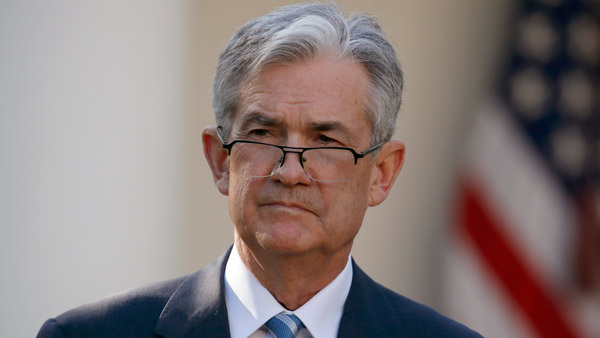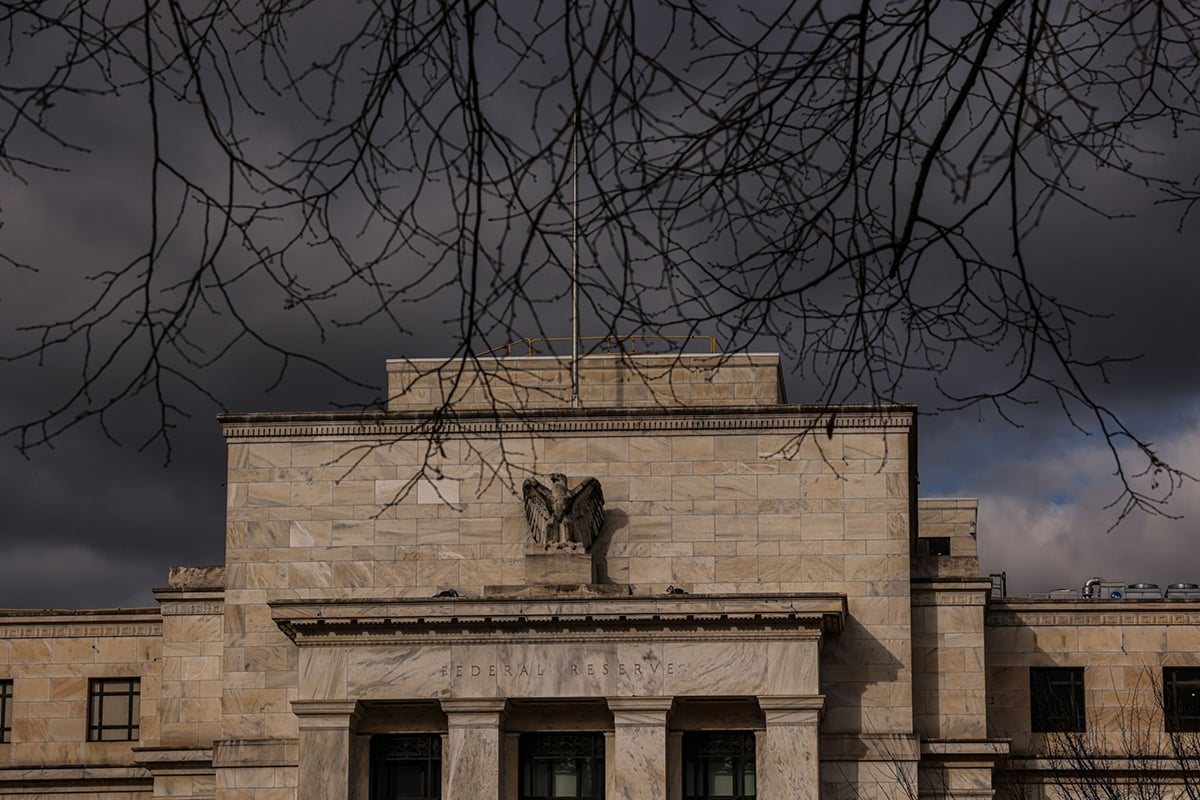 Fed Chairman Jerome Powell. (Photo: AP)
Fed Chairman Jerome Powell. (Photo: AP)
If the intention of the Federal Reserve was to calm financialmarkets in the face of the spreading coronavirus, which threatens U.S. and globaleconomic growth, it failed badly.
|After an initial rally following the surprising 0.50 percent cut in the federalfunds rate, U.S. stocks whipsawed. The Dow Jones Industrial Average and NASDAQ ended the trading day down 3 percent, and the S&P 500 slipped 2 percent.The 10-year Treasury yield fell to 1 percent, its lowest level everand 174 basis points from its yield a year ago.
|Vanguard's chief economist, Roger Aliaga-Diaz, criticized therate cut as "premature, given the lack of data suggesting asignificant drag on the economy" and said it "could send the wrongsignal to market participants."
|He called the cut—made weeks before the scheduled Federal OpenMarket Committee (FOMC) meeting—a "rare measure" last used duringthe global financial crisis in 2008 and a "high-risk bet" thatcould put the Fed in a "difficult position should conditionsdeteriorate further," requiring forceful intervention then.
|Economist and money manager Gary Shilling said of the Fed move:"If this doesn't foretell a global recession and further big declines inequity prices, I don't know what would. … Lower rates will probablynot do anything to help the economy, and the whole exercise maybackfire on the Fed by telling the world that it has panicked overthe coronavirus."
|Mark Haefele, global chief investment officer of UBS GlobalWealth Management, suggested that "even though lower interest ratesshould be fundamentally positive for stocks," investors "may beconcerned about what [the cut] signals for economic developments inthe months ahead."
|Given the Fed's close contact with the business community, it"may already have evidence of economic disruption."
|Should that disruption lead to an economy sinking intorecession, the federal funds rate could go back to zero and the Fedcould "likely restart its quantitative easing program," said KathyJones, chief fixed income strategist of the Schwab Center forFinancial Research. "It's too soon to say if that willhappen, but it is a possibility longer term."
|Today's rate cut lowered the federal funds rate to a rangebetween 1 percent and 1.25 percent. It follows a warning bythe Organisation for Economic Co-operation and Development(OECD) yesterday that the coronavirus's spread would slash economicgrowth in the global economy and that governments should actimmediately to address the impact.
|It also follows a morning teleconference with Group of Seven(G-7) financial ministers and central bank governors, led by FedChairman Jerome Powell and U.S. Treasury Secretary Steven Mnuchin,that ended with a statement affirming their coordinated commitment"to use all appropriate policy tools to achieve strong, sustainablegrowth and safeguard against downside risks."
|When asked at his midmorning news conference whether the Fed'srate cut was part of a coordinated effort with other central banks,Powell said that each bank and each national government is settingits own monetary and fiscal policies but that the Fed is continuingactive discussions with other central banks on an ongoing basis.It's possible there will be "more formal coordination aswe move forward," he said.
|He explained that U.S. economic fundamentals remain strong butthe coronavirus has "materially" changed the risks to the U.S.economic outlook. "The magnitude and persistence" of the virus andits "overall effect on the economy remain highly uncertain, and thesituation remains a fluid one," said Powell.
|The spread of the coronavirus requires a "multifaceted response"from healthcare experts, fiscal authorities if determinedappropriate, and from the public and private sectors, said Powell,adding that monetary policy plays a role, too, supporting theoverall economy. It "won't reduce the spread of infection or fix abroken supply chain," but can provide a "meaningful boost to theeconomy" and to avoid tight financial conditions, he said.
|Carl Weinberg, chief economist of High Frequency Economics, andRubeela Farooqi, chief U.S. economist, aren't so sure. In theirmorning note, they wrote they don't believe "that cutting interestrates is at all constructive in resolving the supply shock inducedby the coronavirus outbreak and the policy responses to it…. A Fedrate cut was expected in the markets, but no one expected ittoday."
||
From: ThinkAdvisor
Complete your profile to continue reading and get FREE access to Treasury & Risk, part of your ALM digital membership.
Your access to unlimited Treasury & Risk content isn’t changing.
Once you are an ALM digital member, you’ll receive:
- Critical Treasury & Risk information including in-depth analysis of treasury and finance best practices, case studies with corporate innovators, informative newsletters, educational webcasts and videos, and resources from industry leaders.
- Exclusive discounts on ALM and Treasury & Risk events.
- Access to other award-winning ALM websites including PropertyCasualty360.com and Law.com.
*May exclude premium content
Already have an account? Sign In
© 2024 ALM Global, LLC, All Rights Reserved. Request academic re-use from www.copyright.com. All other uses, submit a request to [email protected]. For more information visit Asset & Logo Licensing.







